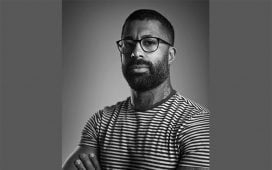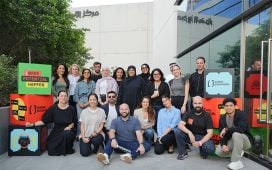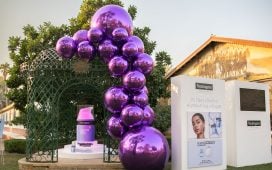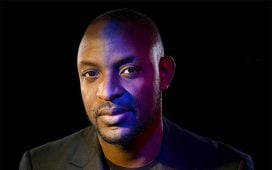Ramadan has traditionally been the busiest time of the year for television viewing and advertising. Traditionally, that is, before the advent of digital and social media. Technology changes everything, and it would be no surprise to hear that the ascendance of Facebook and Google, along with streaming services such as Netflix and Amazon Prime have blown holes in the fortress of Ramadan television. But that is not the case. Ramadan TV is still alive and well. “Ramadan is a month during which traditions prevail,” says Raffoul Mattar, UAE managing director at media agency Initiative. “Families still gather around the TV set to binge on the amazing content produced just for the Holy Month. And d
Ramadan Television – Staying strong.
In a world of fragmenting media and falling budgets, Ramadan Television is a space where quality content and serious spend still reign supreme - Partner content.
To continue reading this article you need to be registered with Campaign. Registration is free and only takes a minute. Register Now or sign in below if you already have an account.
You Might Also Like
Haleon and Centrum transform how we see health
Dec 15, 2025
Sports marketing: The culture of play
Dec 15, 2025









